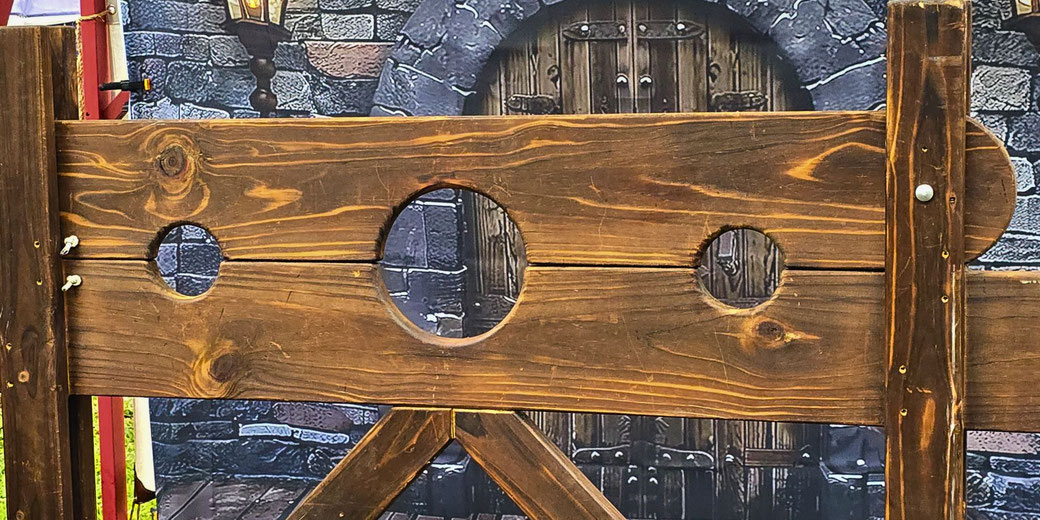The strange world of medieval torture devices

The Middle Ages, which spanned from the 5th to the 15th century, had a harsh system of justice that often involved the use of torture to extract confessions and punish wrongdoers.
While torture was not exclusive to this time period, it became more commonly used in Europe during the Middle Ages and was seen as an accepted method of punishment by both church and state.
Why was torture used?
One of the reasons for the prevalence of torture during the Middle Ages was the belief that it was an effective means of obtaining the truth.
The concept of torture as a means of extracting confessions was reinforced by the idea of divine intervention during the medieval inquisitions.
Torture was seen as a way to elicit a confession from the accused, who would then repent and be forgiven by God.
In 1252, Pope Innocent IV issued the papal bull Ad extirpanda, which formally authorised the use of torture by the Inquisition to extract confessions from suspected heretics, under strict limits.
In some cases, torture was also used as a way to identify accomplices or co-conspirators, as well as to deter others from committing crimes.
Another reason for the widespread use of torture during this period was the belief in the inherent guilt of the accused.
In many cases, those accused of crimes were assumed to be guilty from the outset, and torture was seen as a way to confirm their guilt.
This led to the use of torture even in cases where there was little evidence against the accused.
Some of the common torture devices that were used at different stages in the Middle Ages are described below.
The rack
The rack was a device that consisted of a frame with rollers and a handle.
The victim would be strapped to the rollers, and as the handle was turned, the victim's limbs would be stretched, causing pain and dislocation of joints.
The dungeons of the Tower of London were a well-known location for the use of the rack to interrogate political prisoners.
The Judas cradle
The Judas cradle, or Judas chair, was a pyramid-shaped device on which the victim was lowered by ropes.
This forced the tip to gradually tear into the body causing significant pain.
Strappado
This was a form of torture where the victim would have their hands tied behind their back and be suspended by their arms from a rope or pulley.
The weight of the body would dislocate their shoulders and cause extreme pain.
Thumbscrews
These were devices that were used to crush or break the fingers, hands or thumbs of a prisoner or criminal.
They consisted of two metal plates with a screw mechanism that would tighten the plates together when turned, crushing the fingers or thumbs placed inside and causing permanent damage.
The pillory
The pillory was a wooden framework with holes for the head and hands, used as a means of public humiliation and punishment.
The offender's head and hands would be locked in place through the holes, leaving them unable to move or defend themselves.
They would then be put on display in a public place, where people could throw rotten food or other objects at them or physically abuse them.
Decline in their use
Despite the justifications given for the use of torture, the reality was often far from the claims made by those who supported it.
Torture was frequently used not to elicit the truth, but to extract false confessions or to punish individuals for their perceived transgressions.
The use of torture also led to widespread abuse by those in power, who used it as a tool of oppression against those who dared to challenge their authority.
The use of torture began to decline in Europe during the 16th and 17th centuries, with many countries enacting laws to restrict its use.
The Enlightenment period brought about a greater emphasis on reason and logic, which helped to discredit the use of torture as a legitimate means of justice.
Although many states did not enforce legal abolition until well into the 18th century, including Sweden in 1772 and France in 1780.
However, even today, there are still instances where torture is used as a means of extracting information or punishing those who are seen as threats to the state.
What do you need help with?
Download ready-to-use digital learning resources
Copyright © History Skills 2014-2025.
Contact via email
With the exception of links to external sites, some historical sources and extracts from specific publications, all content on this website is copyrighted by History Skills. This content may not be copied, republished or redistributed without written permission from the website creator. Please use the Contact page to obtain relevant permission.





